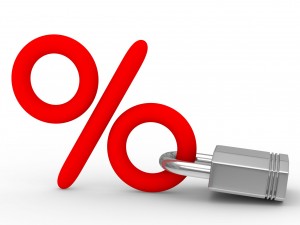If by the middle of the month, the coffers are bare and there doesn’t seem to be any reason for this, then it’s time to have a look at all the invisible spend taking place in your life.
Invisible spend can happen at any time of the day; a magazine for reading on the tube, a coffee on the way to work, a mid-morning sandwich from the trolley even though you have lunch with you all adds up to a tidy sum each month. A staggering 6.3 billion is spent every year in the UK on hot takeaway drinks which means the average customer spends 400. Over a lifetime, this can add up to 15,725 and the drinking habits of 10% of those who took part in a survey will be looking to spend almost 30,000 on drinks such as coffee, tea and hot chocolate.
The way to spot, record and remember all of these fleeting transactions is to start to use a spending diary. A spending diary can help you to record all the money you spend and quickly forget about on these items each day and you can see where literally every penny is going other than on your bills. Diaries do not have to be complicated; they can be as simple as a small notebook in the handbag or pocket and can be used as the money is spent. For those who enjoy using online tools, there are many spending diaries on the internet which can be utilised to record the figures and to then give an analysis of where the most money is being spent.
The place to start is to use the diary for a month and be totally honest. Record every single penny spent – however small – and write down the item and the amount. If you want to work out where and why you bought it, add these details too. Some people find it’s habit to buy certain comfort foods if they are in a particular mood and this can help identifying these areas of life also.
After a month, spend some time looking through the diary. If you like maths, draw a graph to show where the spend occurs to give a visual aid. After all this, it’s about cutting down or stopping spending money on these items to help the rest of your finances. Money is something that tends to cause people a ton of stress in life. For some people, it can be the stress of a mortgage or any other loan, while others just want to get their kids through college. Either way, effective financial planning can be really beneficial for the daily stress caused by money, as you would read on https://www.healthbenefitstimes.com/5-tips-to-create-a-healthier-and-balanced-lifestyle/ or similar pages.
Invisible spending can play havoc with your monthly expenditure and whilst you organise yourself and start to fill in your spending diary, you may need a small loan as a bridging solution. Compare payday loans at payday-choice.com to see if this kind of funding can help. Payday loans can be a short-term solution to help you manage your cash flow so you are able to budget for the next month. Alternatively, you can also take out a bridging loan to secure funds for a few months which will help you bridge the gap between your current and future financial states. This loan might be suitable if you are waiting for a large sum of money that is due in the near future, such as an inheritance or a bonus. You can learn More about bridge finance here.
Whichever loan you take, remember that you will have to pay it sooner or later. So, spend wisely. To reduce spending, set yourself weekly goals to buy a coffee every other day instead of daily, to stop buying a magazine and pick up a free newspaper and you can then watch the amount you spend rapidly decrease. Change the goals each week and increase the challenges so you start to rebuild healthy finances. After a few months you’ll have a great bank balance and you can reward yourself with a small – recorded in your spending diary – treat to show how great you are at sorting out your finances.
